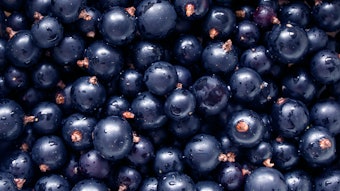The artistic nature of the flavorist subjects him to more swings in mood than his scientific colleague. The potential of a new raw material or the discovery of a new combination of components are grounds for elation. On the other hand, the mood can get quite dark if his finest new creation flops marketwise or is soundly criticized. Likewise, to be unable to reproduce what another flavorist has created is a deep blow to the ego.
When I entered the world of flavors in the late 1930s, Fries’ Peach was the target for peach. We all attempted to match it and although some approached it, no one quite made it. Before the commercial availability of aldehyde C14 (γ-undecaIactone), attempts to match the Fries’ Peach was not only more frustrating--it was impossible.
Some years ago, we had the opportunity to discuss the creation of that famous peach flavor with the late γ According to Mr. Fries, they were processing castor oil for a government project during World War I; something went wrong and a powerful odor of peach developed. They repeated the processing exactly and again developed a peach aroma. They were unaware, at that time, that a crude γ-undecalatone was present in this reaction mixture. Nevertheless, it became the base for their peach flavor. Sometime later there apparently was a split in the Fries organization with the result that both Fries and Fries, and Alex Fries, claimed the original peach. In fact, both produced a very similar product.










